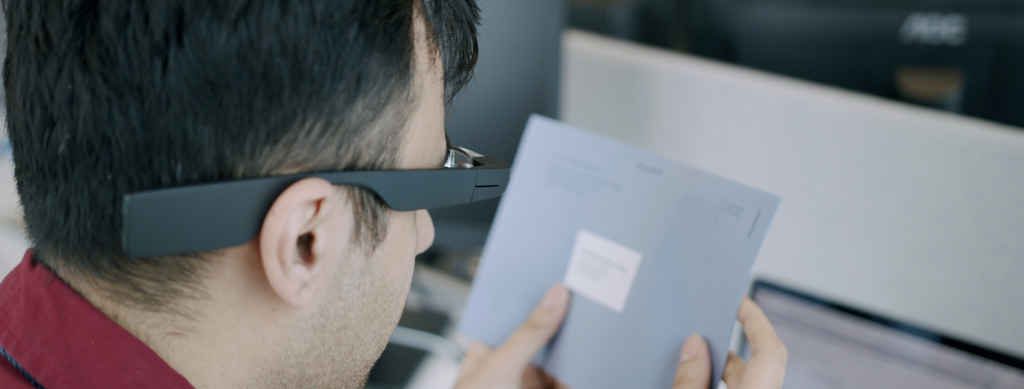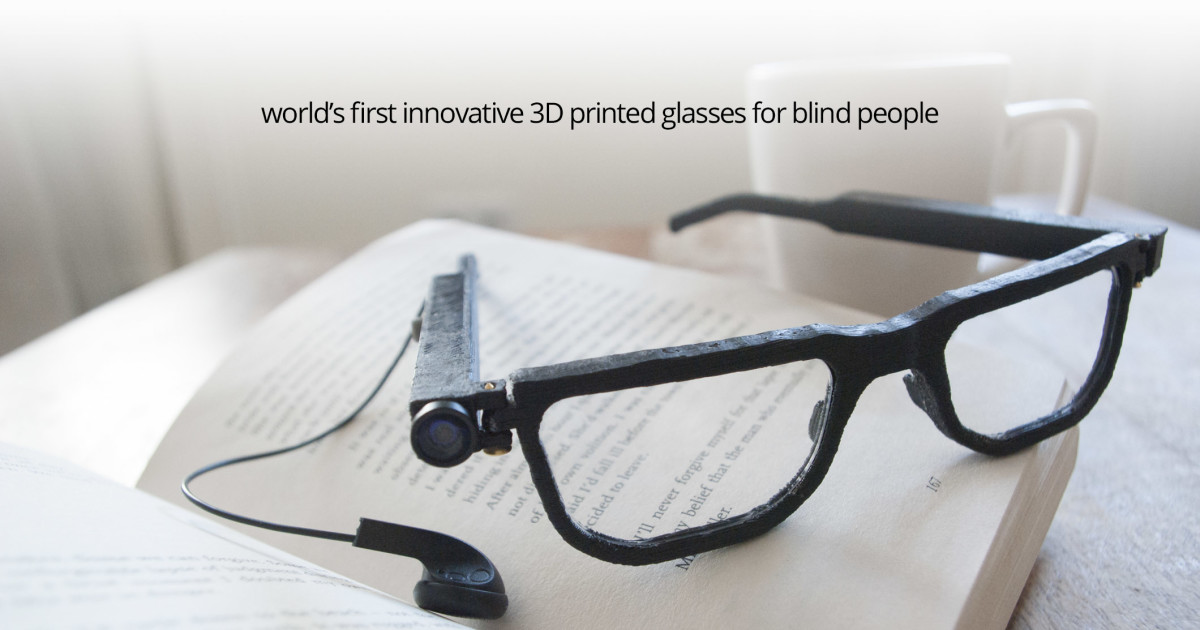Empowering Freedom With Assistive Innovation for the Blind
The combination of assistive innovation for individuals that are visually impaired or blind represents a considerable development in fostering freedom and boosting quality of life. With a variety of tools-- from screen readers to cutting-edge tactile tools-- these innovations not only facilitate navigation and communication however likewise advertise social addition and participation in different facets of life. As we explore the varied kinds of assistive tools and their real-world applications, it ends up being clear that the effect is extensive. The evolution of this innovation increases essential questions about availability and future advancements that call for further examination.
Comprehending Assistive Modern Technology
Although assistive innovation has developed substantially throughout the years, its essential purpose continues to be the very same: to enhance the lifestyle for people with specials needs, specifically those that are blind or visually impaired. This innovation encompasses a wide variety of tools and devices that help with freedom and functionality in day-to-day tasks.
Assistive modern technology can be classified into low-tech and high-tech remedies, each made to satisfy particular requirements. High-tech devices typically consist of software applications, specialized hardware, and flexible devices that utilize sophisticated modern technology to offer assistance in various contexts. Alternatively, low-tech solutions might involve daily things that are customized to boost accessibility, such as magnifiers or tactile markers.
The combination of assistive innovation into the lives of individuals who are blind or visually harmed not just advertises freedom but also cultivates social incorporation and participation in professional and educational atmospheres. By leveraging these technologies, individuals can navigate their surroundings, gain access to information, and connect efficiently, consequently enhancing their overall high quality of life. Understanding assistive technology is important for caretakers, professionals, and supporters that intend to support individuals in maximizing their potential and accomplishing greater self-reliance.
Sorts Of Assistive Instruments
Assistive tools for the blind and visually damaged are important devices that improve daily living by addressing certain difficulties experienced by customers. These gadgets can be generally categorized right into three main types: optical gadgets, electronic devices, and sensory gadgets.

Sensory tools, such as Braille screens and tactile maps, provide alternate means to receive information. Braille displays transform digital message into Braille, allowing customers to check out touch. Tactile maps provide spatial understanding through increased lines and appearances, enabling better ecological awareness.
With each other, these assistive gadgets encourage individuals with aesthetic problems to involve more fully with their surroundings, promoting higher freedom and confidence in everyday tasks.

Influence On Daily Life
The integration of assistive innovation into the lives of people who are visually impaired or blind dramatically enhances their capacity to browse and engage with the world around them. Devices such as screen readers, Braille displays, and mobile applications promote access to information, allowing users to involve with electronic web content, communicate effectively, and manage daily tasks separately.
Additionally, innovations like smart glasses and navigation apps supply real-time help in strange settings, enhancing movement and confidence. These devices enable customers to identify obstacles, read indicators, and also recognize faces, hence promoting a feeling of freedom in public rooms. Additionally, home automation systems, which can be managed through voice commands, enable people to manage their living environments a lot more effectively, boosting comfort and security.
The effect of assistive technology expands beyond useful jobs; it advertises social inclusion and emotional wellness. By connecting the void in useful link between individuals and their environments, these modern technologies equip users to get involved totally in community tasks, pursue educational possibilities, and participate in purposeful relationships. Inevitably, the improvement of assistive modern technology contributes in redefining the possibilities for individuals that are blind or aesthetically impaired, leading to a more comprehensive and accessible society.
Success Stories and Reviews

Another powerful testimony originates from Mark, a recent college grad who used screen reading software throughout his look at this site scholastic journey. This modern technology allowed him to gain access to course products and take part in discussions, ultimately leading to his effective shift into the labor force. Mark credit scores assistive modern technology for equipping him to attain his job goals, stressing its function in leveling the having fun area for people with aesthetic disabilities.
Furthermore, area facilities have reported boosted participation in their programs thanks to the intro of easily accessible digital platforms. These systems have made it easier for people to attach, share resources, and assistance one another. These success stories jointly underscore the profound effect of assistive technology in fostering independence, improving lifestyle, and damaging down obstacles for the visually damaged and blind community.
Future Patterns in Assistive Tech
Arising technologies are positioned to transform the landscape of assistive tech for people who are visually impaired or blind. Developments in artificial intelligence (AI) and machine knowing are boosting the capacities of tools, making it possible for more instinctive customer experiences. AI-driven applications are significantly able to recognize things and read message aloud in real-time, providing individuals with useful details regarding their surroundings.
In addition, developments in wearable innovation are producing new chances for freedom. Smart glasses equipped with increased fact functions can overlay essential details onto the individual's field of view, promoting navigation and communication with the setting. The combination of Web of Things (IoT) gadgets is streamlining accessibility in clever homes, allowing individuals to manage home appliances and obtain notices via voice commands or responsive user interfaces.
The development of braille screens and responsive comments systems is likewise growing, promoting access to electronic material and boosting interaction. As these innovations proceed to develop, they guarantee to improve day-to-day living, academic opportunities, and work potential customers for individuals with aesthetic problems. Continual partnership between technologists, customers, and advocacy groups will be essential in making sure these developments fulfill the needs of the community successfully.
Final Thought
Finally, assistive innovation plays a pivotal duty in enhancing the freedom of individuals that are blind or visually impaired. By supplying crucial tools and sources, these innovations assist in boosted communication, accessibility, and navigating to information, Going Here consequently fostering freedom and confidence. The transformative effect of assistive gadgets not only advertises effective interaction with the atmosphere yet also urges social incorporation and engagement in numerous elements of life, ultimately equipping users to flourish within their areas.
The integration of assistive modern technology for people that are visually impaired or blind stands for a significant advancement in fostering independence and boosting high quality of life.The integration of assistive modern technology into the lives of individuals that are blind or visually impaired not only promotes freedom yet additionally promotes social incorporation and involvement in professional and educational atmospheres. Inevitably, the advancement of assistive innovation is instrumental in redefining the possibilities for individuals who are blind or visually damaged, leading to an extra comprehensive and available society.
Several individuals that are blind or visually impaired have shared motivating success tales that highlight the transformative effect of assistive technology on their lives.In conclusion, assistive modern technology plays a critical function in boosting the independence of people that are blind or visually impaired.